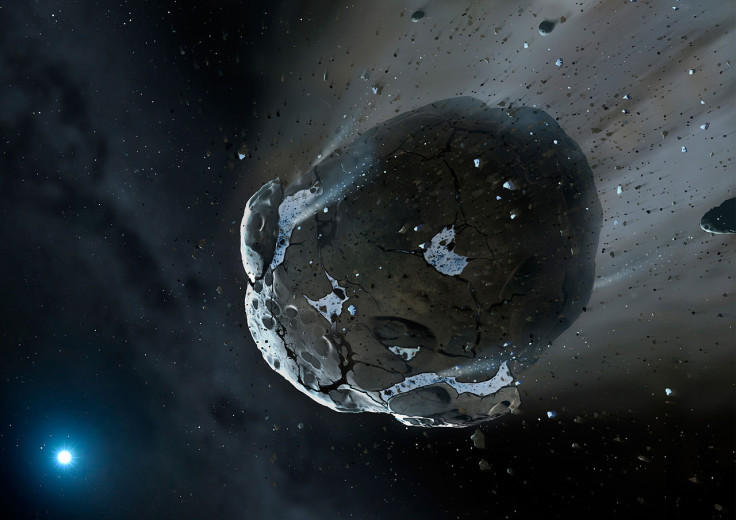Nasa terminates partnership with asteroid-hunting Sentinel satellite mission

Nasa has cut ties with the organisation hoping to build the Sentinel satellite dedicated to hunting Earth-threatening asteroids. The space agency said it terminated its deal with the B612 Foundation because it had not met one of the milestones set out in its Space Act Agreement (SAA).
The goal of the B612 Foundation was to protect Earth from asteroid impact. It is still seeking private funding to build the Sentinel satellite – designed to spot 90% of near-Earth objects larger than 140m.
The Sentinel Mission seeks to map the trajectories of asteroids that could pose a risk to Earth. The telescope would be launched into a "Venus-like orbit" around the sun for six-and-a-half years.
Nasa signed an agreement with the group in 2012 under a set of conditions. In the deal, Nasa allowed B612 the use of its tracking facilities after the satellite launch and obtaining technical consulting. In return, Nasa would be kept informed of B612's progress.
Nasa spokesman Dave Steitz told Space Policy Online: "Due to limited resources, NASA can no longer afford to reserve funds [for the project]. Nasa believes it is in the best interest of both parties to terminate this agreement but remains open to future opportunities to collaborate with the B612 Foundation."
Diane Murphy, vice president of communications for B612, also confirmed the termination, but said Nasa had proposed coming to a new agreement closer to the launch date. The foundation also said it will proceed with its efforts to raise the $450m (£297m) needed to build the spacecraft. "Our timeline is dependent on our fundraising – and while that is going well – it is hard ... and taking longer than we first anticipated."
Currently, it is estimated we have detected around 1% of the asteroids greater than 40m that could potentially pose a risk to Earth. Earlier this year a group of scientists launched the first-ever Asteroid Day, which aimed to raise awareness of the threat undetected near-Earth objects pose to the planet. The threat was highlighted in 2013 when the Chelyabinsk meteor hit Russia, damaging over 7,000 buildings with the shockwave.
B612 says the satellite will be able to find 99% of the asteroids near Earth – around 50 times more than that have been found by all other telescopes put together.
© Copyright IBTimes 2025. All rights reserved.






















